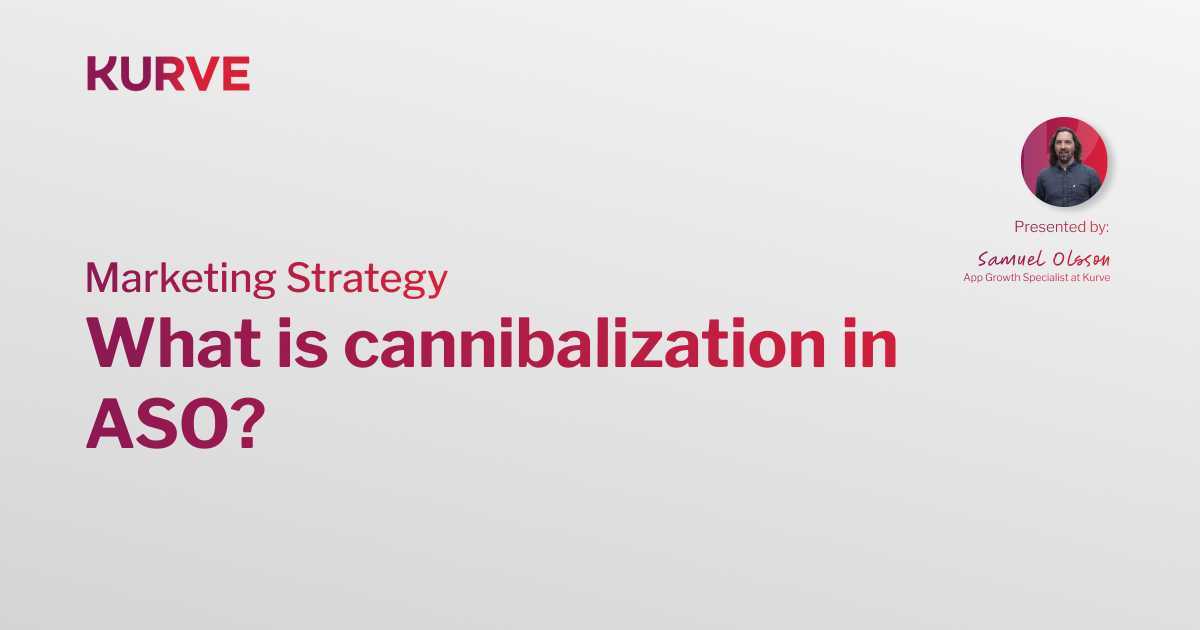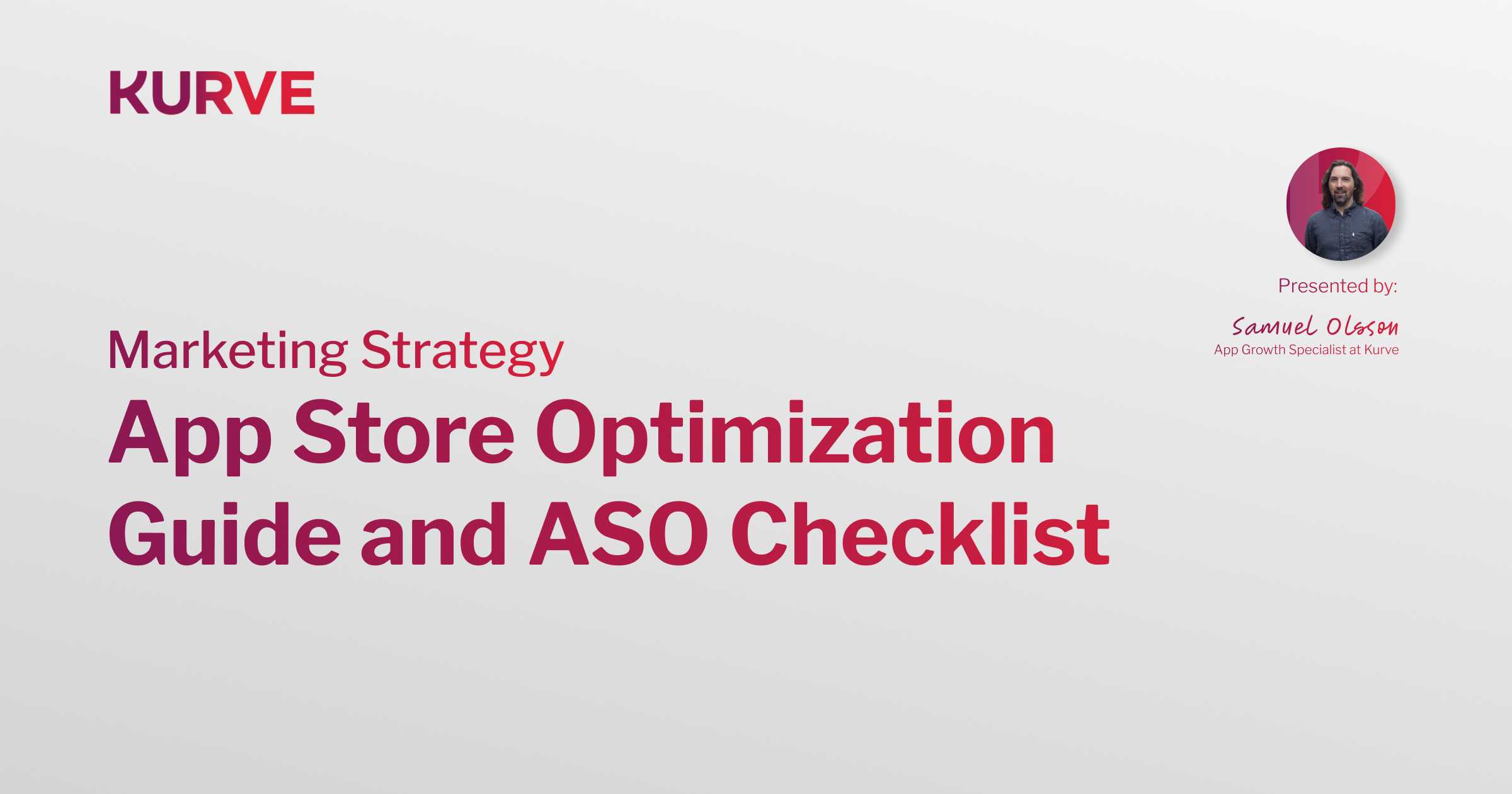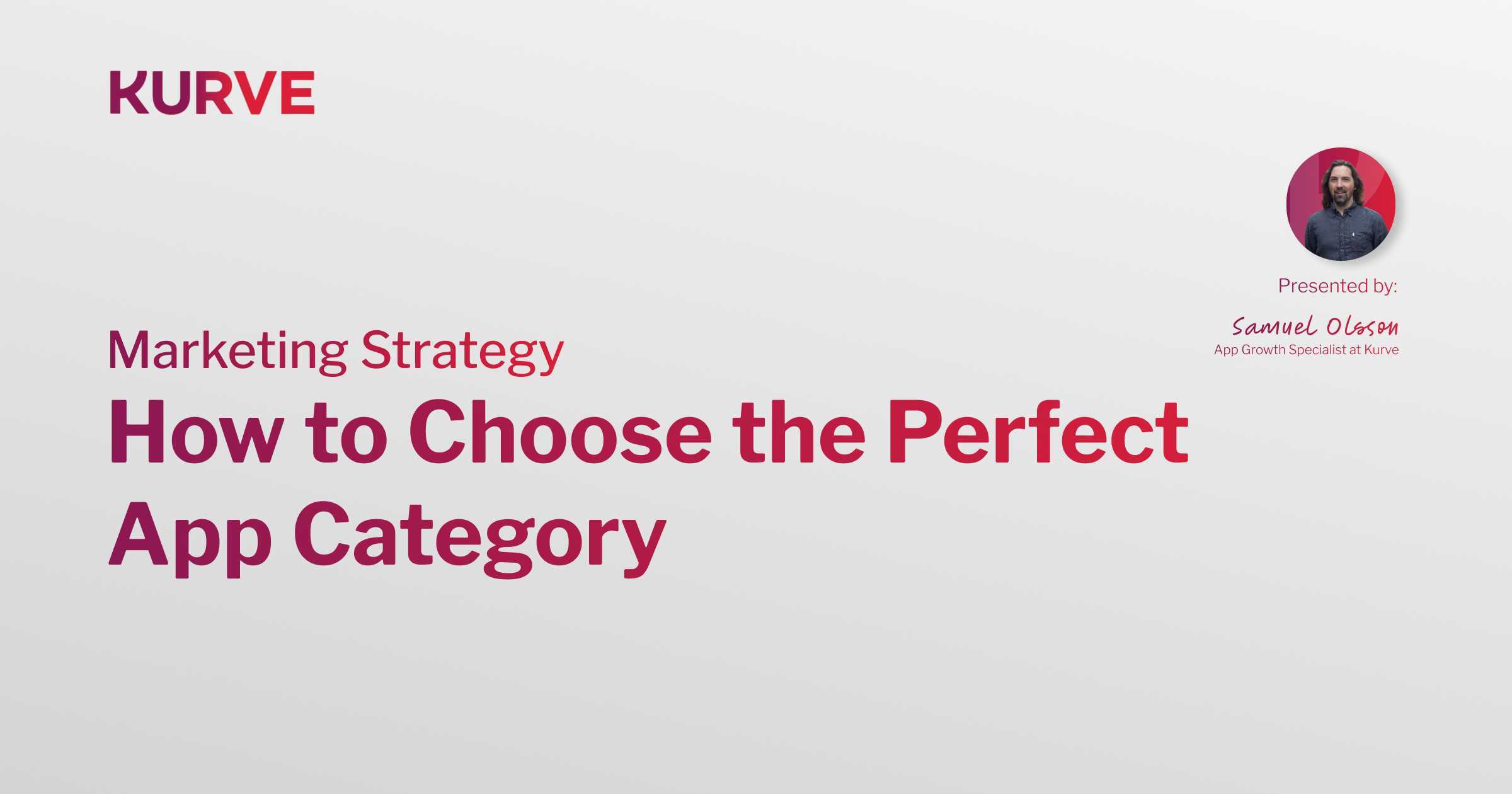Account-Based Marketing vs Lead Generation
Account-based marketing (ABM) and lead generation are two popular marketing strategies. But when choosing which method to use, the comparison isn’t there.
Lead generation tends to focus on volume, whereas ABM requires a targeted accounts list. The comparison might come from the idea that ABM is a refined form of lead generation tailored to B2B, but that doesn’t make the question of which to choose any easier to answer.
A better comparison might be lead generation vs demand generation, and that's what this article digs into. But first, we'll define account-based marketing and lead generation. Then, we'll compare the outcomes to highlight the differences better.
Are you a tech entrepreneur or marketer interested in growth marketing? Sign up for our newsletter and get weekly practical tips and insights.
What is account-based marketing?

Account-Based Marketing is a collaborative, B2B-focused effort between sales and marketing. It shifts the focus away from individuals and onto best-fit customer accounts. To identify these best-fit target accounts, sales and marketing teams leverage their knowledge and expertise of the customers. In contrast, sales rely on marketing to locate and engage those high-value accounts.
The “end product” is usually a bespoke campaign (with bespoke messaging) targeting key decision-makers within those best-fit accounts, and yielding a much higher ROI and close rate than “conventional” lead generation.

ABM increased deal size by 56% and shorter sales cycle by 68% (Forrester and RollWorks)
What is lead generation?
 Unlike ABM, lead generation focuses on the sales funnel for individual clients. As such, it can target a variety of elements such as job title, age group, gender or interests. The aim is to generate a higher ratio of lifetime customer value (LTV) to cost per acquired customer (CAC) - LTV: CAC - and develop a sales pipeline. This makes it useful for both B2B and B2C and allows companies to nurture prospects until they are ready to buy.
Unlike ABM, lead generation focuses on the sales funnel for individual clients. As such, it can target a variety of elements such as job title, age group, gender or interests. The aim is to generate a higher ratio of lifetime customer value (LTV) to cost per acquired customer (CAC) - LTV: CAC - and develop a sales pipeline. This makes it useful for both B2B and B2C and allows companies to nurture prospects until they are ready to buy.
To nurture these leads, a lead generation campaign ranges on content types such as;

- blog articles
- social media posts
- webinars
- videos
- email newsletters
Two key considerations here are having both the right kind of content and enough of it to nurture along the full length of the sales cycle.
This is, again, because of the focus on self-directed buyers. With the knowledge that 96% of people visiting a website aren’t ready to buy yet, the hand-off between marketing and sales can become complex: too soon, and buyers can feel “sold to” and put off; too long and executives will start questioning the quality of the leads.
53% of marketers spend at least half of their budget on lead generation ( BrightTALK)
Deciding between Account-based marketing and lead generation

While there is some overlap, these two definitions show how different the two strategies are. Here, we’ll take it a step further and consider the differences in their outcomes:
Better leads vs more leads
By being more targeted, ABM generates more qualified leads than lead generation.
The process also plays a part in this difference. While both approaches may consider intent data and measure engagement, account-based marketing involves the sales team quickly developing a relationship with those accounts, thereby increasing the odds of conversion.
However, as we mentioned earlier, lead generation targets more self-directed buyers. As such, the sales and marketing team has to be more careful in their timing and approach. This wider net and looser sales cycle can make lead quality less certain.
Big deals vs small deals
Account-based marketing is geared toward delivering targeted messaging and content to best-fit accounts, with the view of converting into long-term customers.
On the other hand, larger organizations can be more challenging to attract through lead generation because of the greater number of decision-makers and/or the industry-specific those organizations may face. Again, lead generation is usually more efficient across wider audiences. This means that lead generation is much more efficient for products with a wider appeal and lower cost of entry. Online channels like Facebook or Google Ads can prove cheaper to run than account-based marketing schemes, delivering a higher ROI.
Another way to think of this is that the higher the cost of the product, the higher the quality of leads should be.
Alignment vs silos
The two strategies differ in company structure, too. Account-based marketing requires complete alignment between sales and marketing. Conversion rates improve when these departments share ownership and nurture and incubate leads. Account managers will need to understand their prospects' goals to drive the right conversations with them so that other teams can meet company-wide objectives throughout the campaigns.
And while lead generation certainly benefits from - and performs better for - a similar alignment between teams, the reality is that the two tend to exist as silos. This separation can be due to the size of the organization and the length of the nurture and sales cycle, among other factors.
Vanity metrics vs target account influence
Vanity metrics and target account influence are two very different measurements. But each comes with its benefits.
Lead generation can often focus on vanity metrics like impressions, clicks, or conversion rates to determine performance. While exercises like A/B testing demonstrate the value of vanity metrics (towards improving assets and marketing efforts), they don't measure income. That's a problem.
Account-based marketing uses a matrix system to identify businesses and people of influence. These accounts of influence could be partners or decision-makers, industry specialists, and businesses respected for their expertise. This "influence matrix" allows account-based marketing teams to understand the buying and decision-making processes within the account, decreasing the sales cycle by as much as 50%.
Demand generation: a better comparison
Because of the closer connection between lead generation and demand generation, this comparison might be more appropriate. It bears mentioning right away, though, that it’s not a case of “either/or” but of understanding the distinction between the two.
We’ve established that lead generation is the practice of generating and “netting” prospects who have shown an interest in your business, service, or product. Demand generation focuses on an interest-generation element of that practice. In other words, demand generation is the process of creating attention to the need for a product or service.
While this might sound like a chicken or the egg kind of riddle, lead generation is considered to be a subset of demand generation by virtue of harvesting the fruits of the awareness and demand the latter has created.
In 2021, 78% of marketers say their demand-gen budget will grow or remain the same ( Activate, 2020)
Another way to look at it is that demand generation grows an audience (i.e., it does not prioritize capturing contact details). Lead generation converts it (i.e., prioritizes capturing contact details).
Account-based marketing vs lead generation: finding the right fit
So, it boils down to an important question. How should B2B marketers decide between account-based marketing or lead generation?
The answer depends on several factors, including the market, the product, the product’s pricing, and more. It also comes from a firm understanding that the two are not comparable - ABM doesn’t try to capture lead information. It seeks to generate interest and awareness within a predefined list of accounts. The relationship between those buyers and providers is much tighter and more personal. The process is also more likely to be more expensive.
Lead generation seeks to capture leads from a broader demand generation campaign. As such, it doesn’t cost as much as ABM, making it more flexible and allowing businesses to run multiple campaigns simultaneously to lower their Cost per Lead (CPL) and maximize their ROI.
The answer might come down to cost, business size, or sales and marketing goals. It’s not unusual for us to suggest hybrid approaches to our clients; there is no “one size fits all” considering the difference in strategies.
If you’re a SaaS entrepreneur or marketer looking for advice on the right digital marketing strategy for you and your business, we can help. We’re a team of senior consultants and specialists, so get in touch, and let’s get the conversation started.


